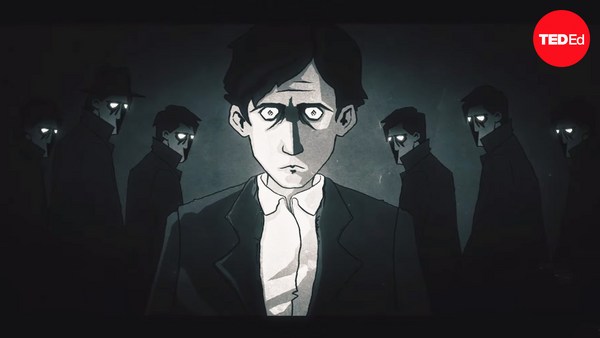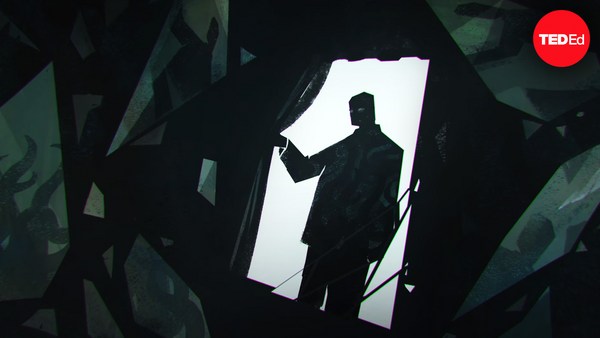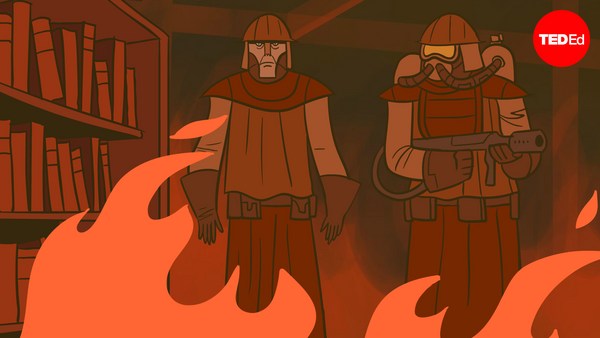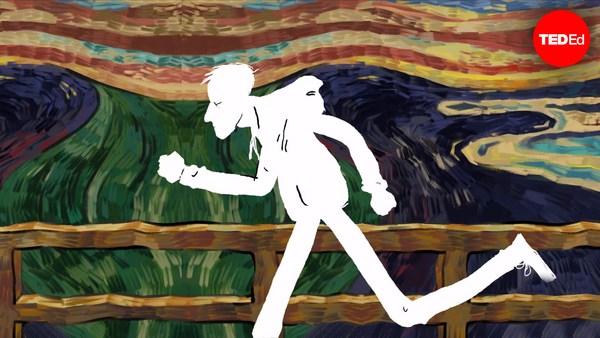The Devil has come to town. But don’t worry – all he wants to do is stage a magic show.
This absurd premise forms the central plot of Mikhail Bulgakov’s masterpiece, "The Master and Margarita." Written in Moscow during the 1930s, this surreal blend of political satire, historical fiction, and occult mysticism has earned a legacy as one of the 20th century’s greatest novels– and one of its strangest.
The story begins when a meeting between two members of Moscow’s literary elite is interrupted by a strange gentleman named Woland, who presents himself as a foreign scholar invited to give a presentation on black magic. As the stranger engages the two companions in a philosophical debate and makes ominous predictions about their fates, the reader is suddenly transported to 1st century Jerusalem. There a tormented Pontius Pilate reluctantly sentences Jesus of Nazareth to death. With the narrative shifting between the two settings, Woland and his entourage– Azazello, Koroviev, Hella, and a giant cat named Behemoth– are seen to have uncanny magical powers, which they use to stage their performance while leaving a trail of havoc and confusion in their wake.
Much of the novel’s dark humor comes not only from this demonic mischief, but also the backdrop against which it occurs. Bulgakov’s story takes place in the same setting where it was written– the USSR at the height of the Stalinist period. There, artists and authors worked under strict censorship, subject to imprisonment, exile, or execution if they were seen as undermining state ideology. Even when approved, their work– along with housing, travel, and everything else– was governed by a convoluted bureaucracy. In the novel, Woland manipulates this system along with the fabric of reality, to hilarious results. As heads are separated from bodies and money rains from the sky, the citizens of Moscow react with petty-self interest, illustrating how Soviet society bred greed and cynicism despite its ideals. And the matter-of-fact narration deliberately blends the strangeness of the supernatural events with the everyday absurdity of Soviet life.
So how did Bulgakov manage to publish such a subversive novel under an oppressive regime? Well… he didn’t. He worked on "The Master and Margarita" for over ten years. But while Stalin’s personal favor may have kept Bulgakov safe from severe persecution, many of his plays and writings were kept from production, leaving him safe but effectively silenced. Upon the author’s death in 1940, the manuscript remained unpublished. A censored version was eventually printed in the 1960s, while copies of the unabridged manuscript continued to circulate among underground literary circles. The full text was only published in 1973, over 30 years after its completion.
Bulgakov’s experiences with censorship and artistic frustration lend an autobiographical air to the second part of the novel, when we are finally introduced to its namesake. "The Master" is a nameless author who’s worked for years on a novel but burned the manuscript after it was rejected by publishers– just as Bulgakov had done with his own work. Yet the true protagonist is the Master’s mistress Margarita.
Her devotion to her lover’s abandoned dream bears a strange connection to the diabolical company’s escapades– and carries the story to its surreal climax.
Despite its dark humor and complex structure, "The Master and Margarita" is, at its heart, a meditation on art, love, and redemption, that never loses itself in cynicism. And the book’s long overdue publication and survival against the odds is a testament to what Woland tells the Master: “Manuscripts don’t burn.”





